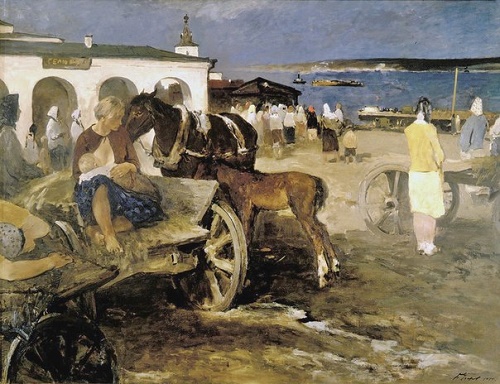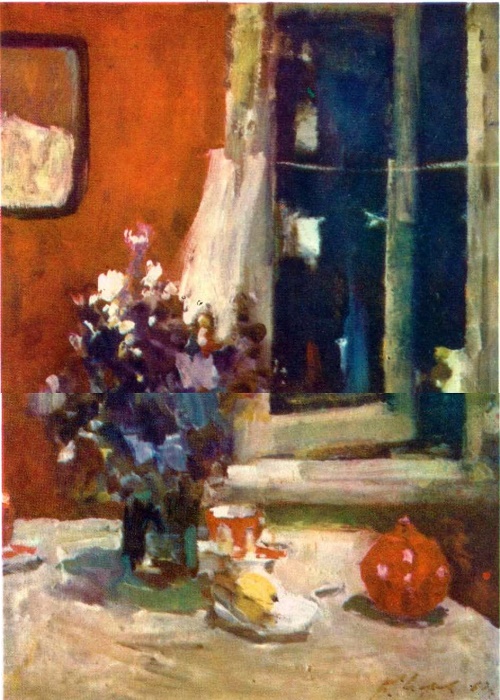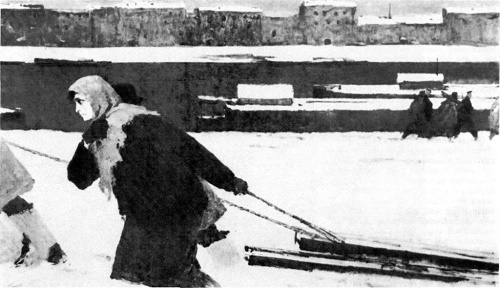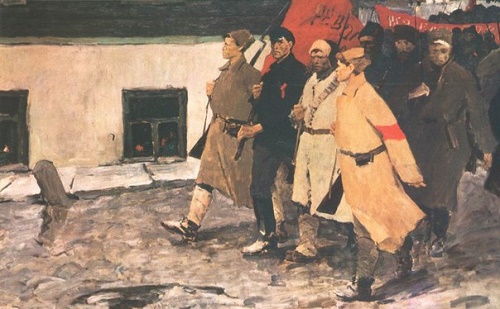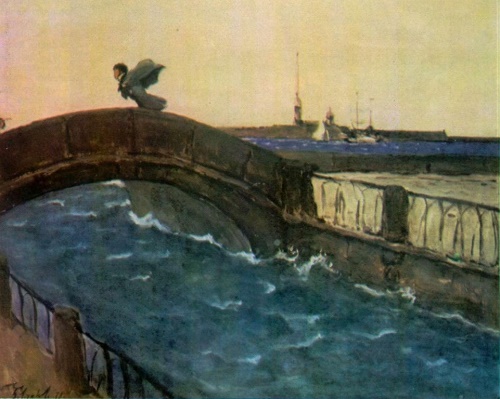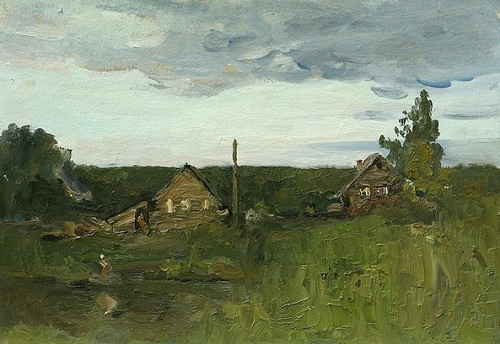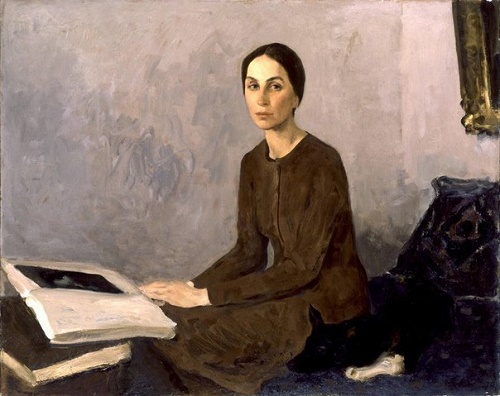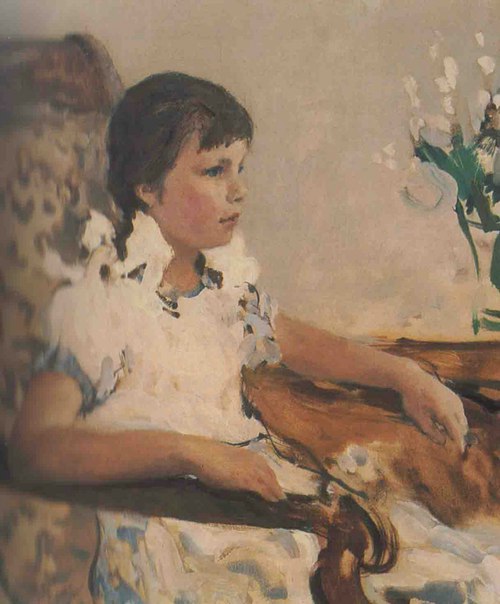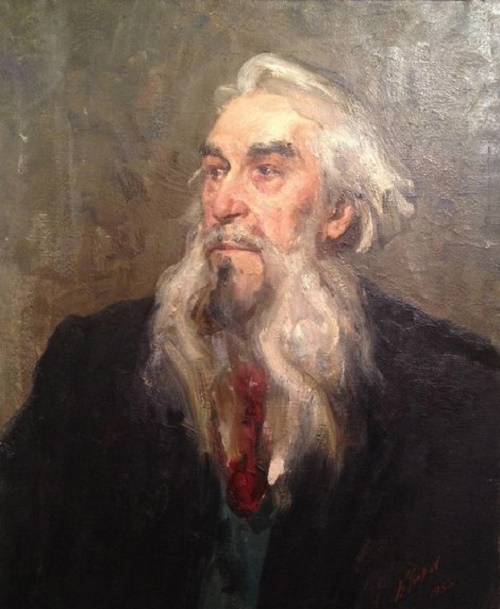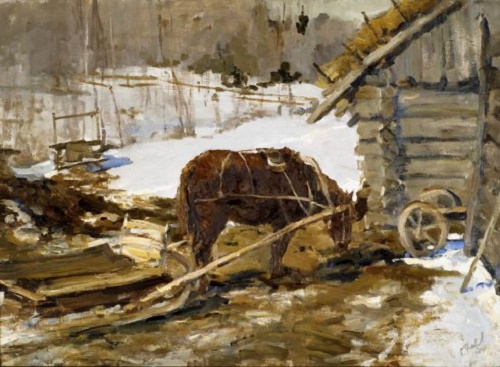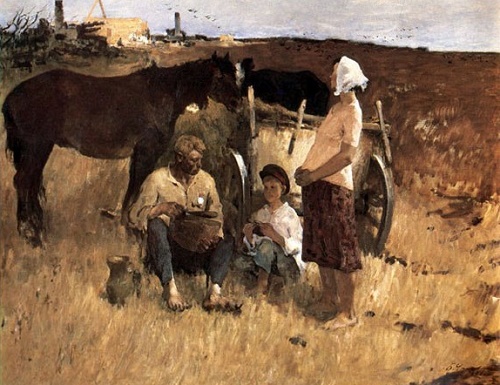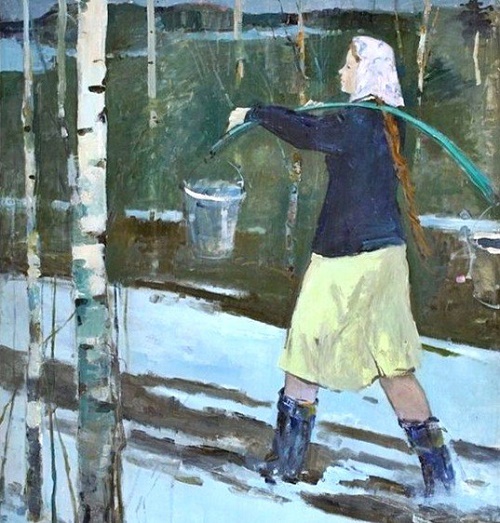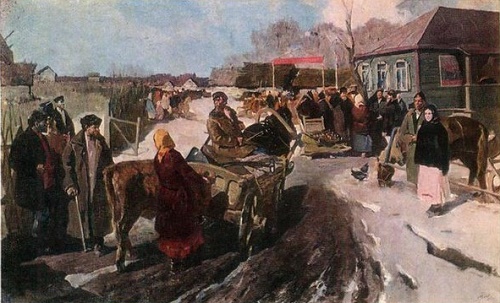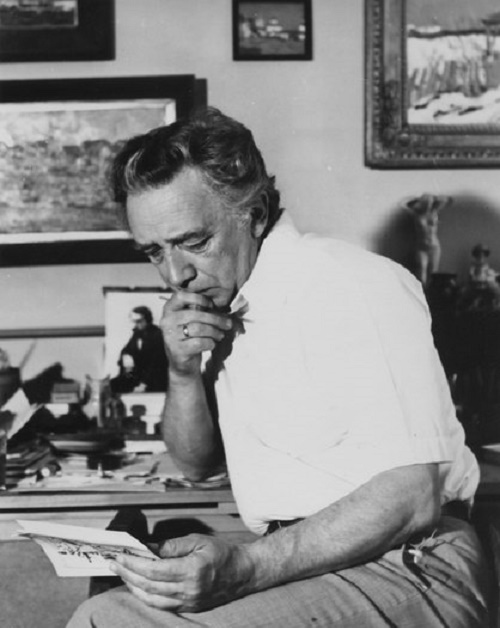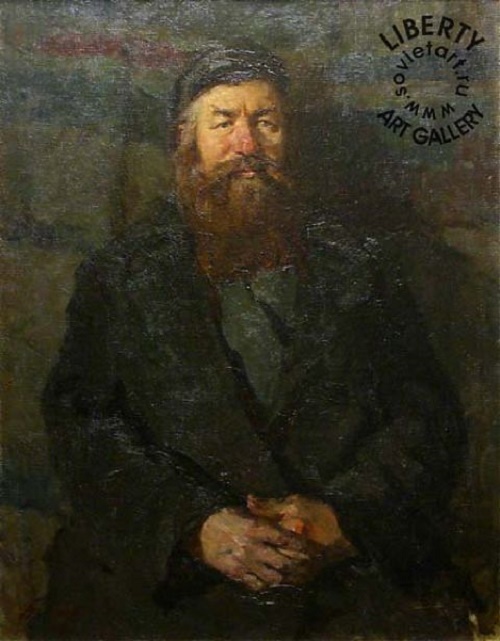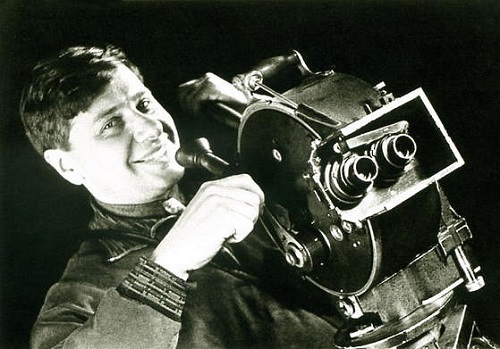Soviet painter Boris Ugarov
“Art today – not only the scope of creativity, but also a field of intense ideological struggle” – these words belong to the Soviet painter Boris Ugarov. The life and career of Ugarov connected to the city on the Neva, and his pedagogical talent and expertise of more than 30 years were given to the Leningrad Institute of Painting, Sculpture and Architecture named after Ilya Repin. Boris S. Ugarov – one of the leading artists of the country, author of the famous epic canvases devoted to turning, the key moments of life of the USSR. Boris Sergeyevich Ugarov (1922 – 1991) – Ph.D., teacher, professor, President of the USSR Academy of Arts (1983-1991). Academician of the Academy of Arts of the USSR (1978, Corresponding Member of 1973), People’s Artist of the USSR (1982), laureate of USSR State Prize (1985) and the RSFSR State Prize of Repin (1976). Member of the CPSU since 1983.
With the undoubted creative independence, alien of blind worship of authority, he is an example of the artist, creatively inherit and carrying forward the great precepts of realistic art. The main theme of the art of People’s Artist of the USSR Boris Sergeyevich Ugarov defined his diploma painting “Collective farm Spring”. Painted 30 years later “Revival” is too, about human way to his field of work, work on a peaceful field. Different events are embodied in the works, but their content is related to his native land. And between these works – a picture of the distant and recent past, portraits, landscapes …
The son of a Leningrad worker, Boris Ugarov started his creative biography in the art studio of House of Scientists, where he attended lessons of A. Rylova and M. Platunov. And when the war broke out, the young man volunteered, became an artilleryman and completed service in the Far East.
Of course, Ugarov, as the artist received a lot in the Institute of Painting, Sculpture and Architecture named after Ilya Repin. His teachers were Grabar, Oreshnikov, Mylnikov. The art of Master is noted for civic sense, historical authenticity, organically combining truth with artistic life.
Ugarov says: “When I painted “For the land, for freedom”, I recalled how the war went on.” In other paintings experienced by author events originally applied to what is happening within the framework of the story. This refers to the proud and courageous image of “Leningrad woman” where woman and besieged city appear in a tragic greatness and unity in the sorrowful image of a mother (“Mother. Year 1941″), the grief of people persecuted by war from their seats («June. 1941”), or to the pore difficult post-war hard times (“Revival”).
The name of the artist associated with the picture “Leningrad woman. In the 1941.” In it – the author’s significant desire to see through the face of the terrible wars and suffering – moral strength and beauty, to depict them in her character. He had long preserved in the memory the image caused by the unforgettable memories of those years. “I saw her, kind, patient, rigorous, beautiful woman – mother, warrior … Neva embankment – I chose it as the most typical of Leningrad, moreover, fresh snow, frozen barges – all helped to develop a theme of the blockade. The heroine of my paintings – from Leningrad, perhaps, she a doctor, a teacher, a musician, but now she is a fighter, a hard worker.”
The canvases of the painter depicted the poet impulsively-directed, matching the fresh wind over the expanse of the Neva. The artist recreates the human personality of the last century through the faces of his spiritual heritage, through the real signs of the past. This is confirmed by his reasoning: “I’m going along Moika, when the city calms down. Here you can find any of those, whose name is inseparable from the history of Leningrad. There I could meet and Pushkin. Remembering his poems, imagine the psychological state of the hero. ”
In the art of Ugarov portrait occupies a special place. But the range of portrayed people is relatively narrow, the artist depicts only familiar, spiritually close to him people. He created portraits of his wife, son, daughter, grandson. Full of personal characteristics, they are filled with broad generalization, and the spirit of modernity.
From the beginning, landscape firmly entered the creativity of Ugarov, existing independently, and as part of many paintings. Emotional paintings “To the collective farm. 1929″,” The Commune”, “Decree on Land”, “Earth”, to a large extent determined by the role of the landscape. This feeling of spring, its lyricism that pervades a person’s feelings even in the harsh conditions of war. The choice of landscape elements, characters, in their seemingly minor movements – around the warmth of spring, the heat of people’s feelings.
Whatever genre the artist has performed, it is modern: “Keeping up with the times you don’t need to hurry. It should always be remembered that modern realistic artistic language is born by life itself”. Life itself created works on the Great Patriotic War, in tune with the present day – historical canvases of the painter, with modern feeling imbued his landscapes and portraits.
Soviet painter Boris Ugarov
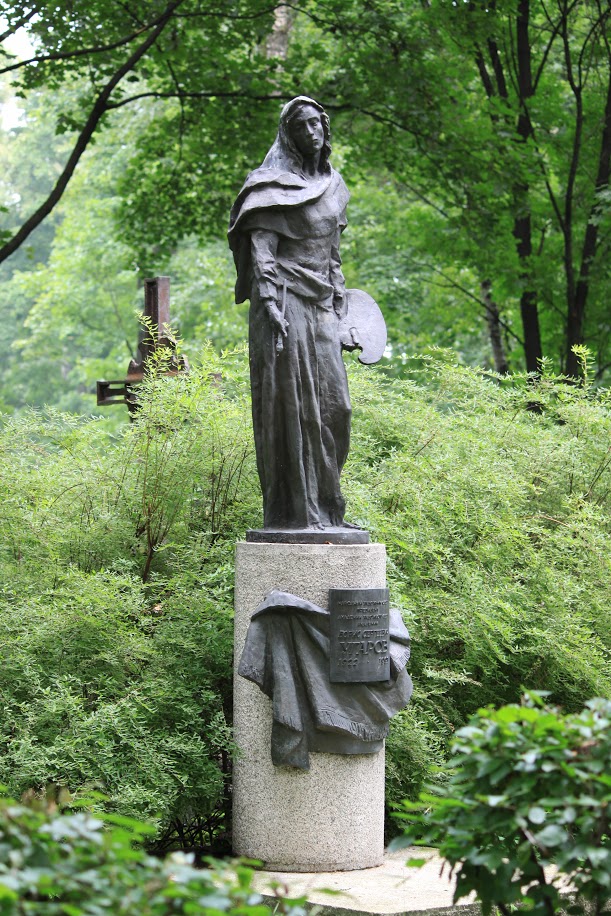
Tomb sculpture of Soviet artist B. Ugarov (1922-1991). Work by sculptor M. Anikushin. 1994. Volkovo cemetery, St. Petersburg
Sources:
Soviet magazines Young artist, 12-1983, 1986
